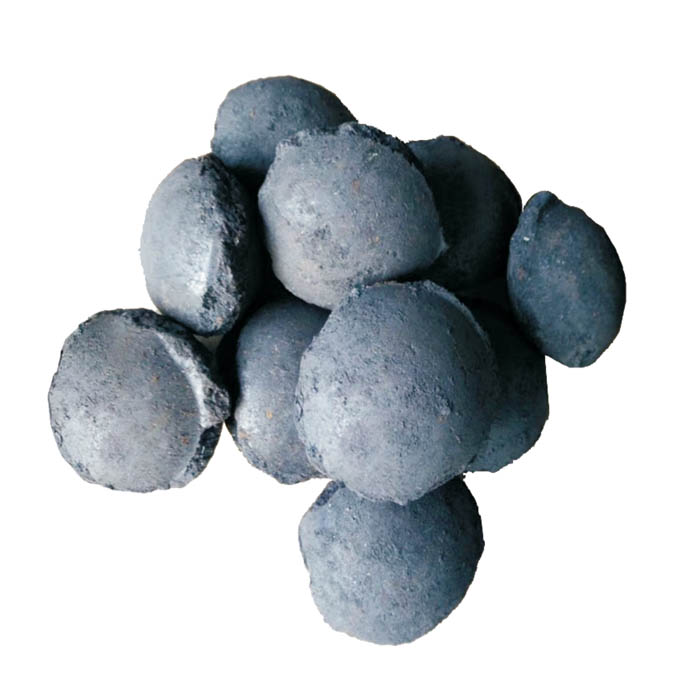Nov . 28, 2024 01:20 Back to list
Refractory Kiln Lining Materials Production and Manufacturing Facilities Overview
Understanding the Role of Refractory Kiln Lining Materials in Industry
Refractory kiln lining materials play a crucial role in various industrial processes, particularly in metallurgical and ceramic industries. These materials are designed to withstand extreme temperatures and harsh chemical environments, ensuring the efficiency and longevity of kilns and furnaces. This article delves into the characteristics, types, manufacturing processes, and significance of refractory kiln lining materials.
Characteristics of Refractory Materials
Refractory materials are defined by their ability to resist high temperatures, typically above 1,500 degrees Celsius (2,732 degrees Fahrenheit), without deforming or degrading. The primary properties of these materials include high melting points, thermal stability, low thermal conductivity, and resistance to thermal shock. They also exhibit chemical stability in the presence of molten metals and slags, making them essential for various applications.
Types of Refractory Materials
Refractory kiln lining materials can be categorized into several types based on their composition and application
1. Clay Refractories These are primarily composed of clay minerals and are known for their good thermal shock resistance and mechanical strength. They are widely used in various kiln applications.
2. Non-Clay Refractories These include materials such as alumina, silica, and zirconia that are not based on clay. They offer enhanced performance in high-temperature operations and are used in specialized applications.
3. Insulating Refractories These materials are designed to minimize heat loss by providing superior insulation. They are typically lightweight and are used in applications where maintaining temperature is crucial.
4. Castables and Mortars These are refractory compounds that can be poured or shaped to form linings. They offer versatility and can be tailored for specific applications, making them a common choice for kiln linings.
Manufacturing Processes
refractory kiln lining material factories

The production of refractory kiln lining materials involves several steps
1. Raw Material Selection High-quality raw materials are essential for producing durable refractory products. Common raw materials include fire clays, bauxite, and other aluminosilicate materials.
2. Mixing and Forming The selected materials are mixed with binders and water to form a homogeneous mixture. This mixture can then be shaped into bricks, blocks, or castable forms.
3. Drying and Firing Once formed, the products are dried to reduce moisture content before undergoing firing at high temperatures. This process enhances their mechanical properties and thermal resistance.
4. Quality Control Rigorous quality control measures are implemented throughout the manufacturing process to ensure that the end products meet industry standards and performance criteria.
Significance in Industrial Applications
Refractory kiln lining materials are indispensable in industries such as cement, glass, steel, and ceramics. They play a vital role in protecting the kiln structure from extreme heat and corrosive materials. A high-quality lining can significantly reduce downtime, increase energy efficiency, and prolong the lifespan of the kiln.
In cement production, for example, the kiln operates at high temperatures to transform raw materials into clinker. The refractory lining must withstand not only the heat but also the aggressive chemical environment created during the process. Similarly, in the steel industry, refractories are essential for lining electric arc furnaces and other high-temperature equipment.
Conclusion
The use of refractory kiln lining materials is essential for the efficiency and durability of kilns and furnaces in various industries. Understanding their characteristics, types, manufacturing processes, and applications can aid in the selection of appropriate materials, thereby enhancing operational performance. As industries continue to evolve with new technologies and processes, the development of advanced refractory materials will remain a critical area of research and innovation, ensuring that they meet the ever-increasing demands of modern industrial applications.
-
Eco-Friendly Granule Covering Agent | Dust & Caking Control
NewsAug.06,2025
-
Fe-C Composite Pellets for BOF: High-Efficiency & Cost-Saving
NewsAug.05,2025
-
Premium Tundish Covering Agents Exporters | High Purity
NewsAug.04,2025
-
Fe-C Composite Pellets for BOF | Efficient & Economical
NewsAug.03,2025
-
Top Tundish Covering Agent Exporters | Premium Quality Solutions
NewsAug.02,2025
-
First Bauxite Exporters | AI-Optimized Supply
NewsAug.01,2025
